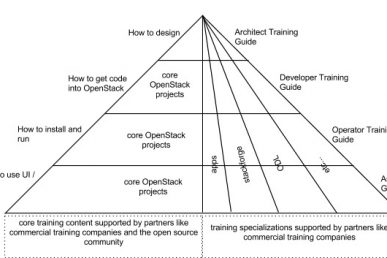CloudVPS is one of the largest Dutch independent OpenStack providers that delivers advanced cloud solutions. With a team of 15 people, CloudVPS is one of the first in Europe to get started with OpenStack, and they are leading in the development of the scalable open-source platform.
At the Open Infrastructure Shanghai Summit in November 2019, Superuser got a chance to talk with the OpenStack engineers from the CloudVPS on why they chose to OpenStack for their organization and how they use OpenStack.
What are some of the open source projects you are using?
Currently, we are using OpenStack, Oxwall, Salt, Tungsten Fabric, Gitlab and a few more. We have not yet started to use the open source projects that are hosted by the OpenStack Foundation, but we are planning on it.
Why do you choose to use OpenStack?
We have used OpenStack for a long time. At the very beginning, we added Hyper V hypervisors for Windows VMs before we built our own orchestration layer. After about three to four years when OpenStack came out, we started our first OpenStack platform to do public cloud. The main reason that we start to use OpenStack is the high growth potential that we see in OpenStack. OpenStack’s features and its community size are big parts of the reason as well. In addition, OpenStack’s stability and maturity are particularly important to us right now. Upgradability is also a key factor for our team. In terms of our partnership with Mirantis, upgradability is the biggest reason why we chose to partner with them instead of doing it ourselves.
What workloads are you running on OpenStack?
We don’t know the exact workloads, but basically all of it. What we do know is that we see web services on there and also platforms for large newspapers in the Netherlands, Belgium, Germany, and other countries around the world. It really varies, and we have all kinds of workloads. For the newspapers, we have conversion workloads for images. We also have an office automation environment like the Windows machine. There are some customers who run containers on top of it. Overall, there are definitely more workloads, but we don’t know all of it.
How large is your OpenStack deployment?
We have two deployments. In total, we have about over 10,000 instances on it and 400-500 nodes.
Stay informed:
Interested in information about the OpenStack Foundation and its projects? Stay up to date on OpenStack and the Open Infrastructure community today!

)










